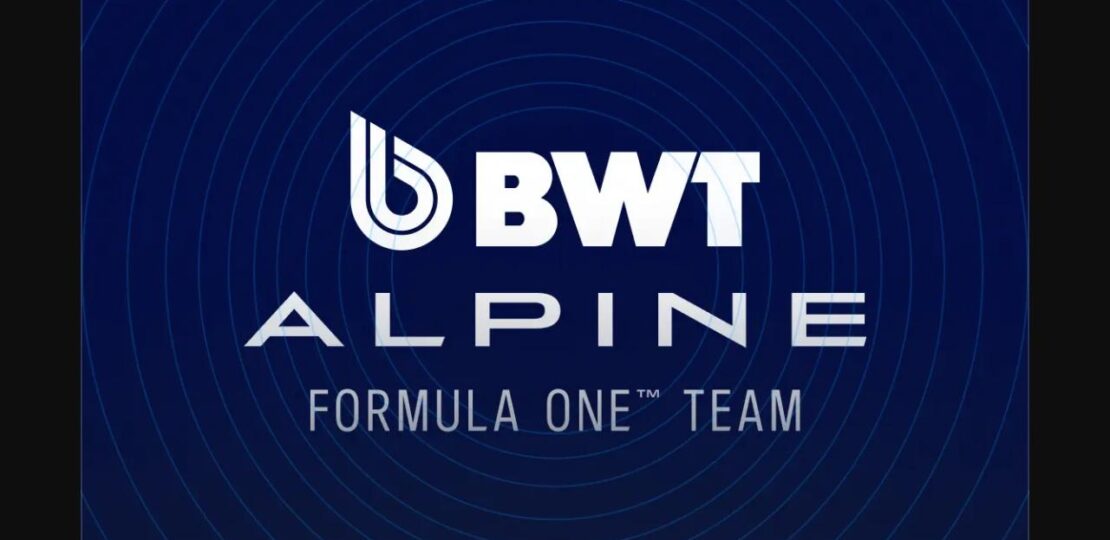A New Horizon for Crypto Mining Machines
October 22, 2025 | by IoT Development Company

In the rapidly evolving world of cryptocurrency, the term “mining machine” has long been synonymous with the dedicated rigs and ASICs used by large-scale operations to extract digital tokens like Bitcoin or Litecoin. But today we are witnessing something quite different: the mining machine as a bridge between crypto-mining, artificial intelligence, and next-generation infrastructure. In this blog I want to explore how the mining machine is being re-imagined, what this means for entrants and pros, and how you might think differently about mining moving forward.
The changing face of the mining machine
Traditionally a mining machine would mean an ASIC (application-specific integrated circuit) or a GPU rig designed purely for proof-of-work (PoW) hashing. The goal: maximise hashrate, minimise watts per terahash, and find the cheapest electricity to turn a profit. But the landscape is shifting.
First, newer mining machines are incorporating higher-efficiency designs and alternate cooling solutions. For instance, one overview of ASIC devices expected around 2025 highlights models in the “500 TH/s” hashrate class with liquid cooling and massive power draws. TechRadar This suggests that mining machines are becoming more engineered, more industrial than hobbyist.
Second, we see a broader shift: mining machines are no longer just about hashing for crypto. Major mining operations are repurposing their infrastructure—power, racks, cooling, connectivity—for tasks beyond crypto mining. One article pointed out that many Bitcoin mining companies are pivoting toward AI-training workloads and high-performance computing, using the same infrastructure built for mining. TIME
Third, on the conceptual side, research is exploring what I’ll call “next-generation mining machines” for different consensus mechanisms. One paper proposes a blockchain where mining requires a quantum computer (proof-of-quantum‐work) rather than classical ASICs. arXiv This hints that the “mining machine” of the future might look entirely unlike the rigs of 2018.
So, when I write “mining machine” in this blog, I mean not just the physical device in the closet, but the infrastructure, the business model, the ecosystem that surrounds it—and how that ecosystem is pivoting.
Why this matters – profit, sustainability, entry
For those involved in crypto mining (large scale or small), these changes matter on multiple levels.
Profitability and lifespan
Mining machines are expensive: hardware cost, power cost, cooling cost, maintenance cost. As mining becomes more competitive (especially for major tokens like Bitcoin) and as block rewards decline via halving events, the margins shrink. A more efficient machine or a machine that can be repurposed for non-crypto workloads has stronger resilience. The machine becomes not just a one-trick rig, but part of a broader compute asset.
Sustainability and energy
Crypto mining has long been criticised for huge energy consumption and environmental impact. By building mining machines that incorporate liquid cooling or more efficient hardware, or by shifting infrastructure toward AI/computing workloads during idle times, the industry can reduce waste and increase utilisation. The notion of a mining machine blurs into a compute-centre machine. For example, the shift of mining firms toward AI data centres shows this dual usage. TIME+1
Entry and access
For smaller miners or hobbyists, the idea of installing a huge ASIC rack in a warehouse is often unrealistic. But if mining machines evolve to be more flexible in workload, or if infrastructure is shared or leased (hosting, cloud mining, mining-as-a-service), access widens. The definition of “mining machine” may include remote or hosted machines rather than physically owning one.
Key trends shaping the new mining machine
Let’s look at some of the major developments influencing the mining machine’s evolution.
-
Liquid cooling and high-density rigs
The high end of mining machines is moving to liquid cooling to handle the heat output and maintain efficiency at high hashrates. Efficient cooling means higher density, more machines per unit of space, which in turn means the mining machine is more an industrial appliance than a desktop box. -
Dual-purpose compute / hybrid infrastructure
Mining machines and their facilities are increasingly being repurposed. Data centres built for mining are now used (or partially used) for AI training, high-performance computing, or cloud services when mining profitability dips. This means mining machines are part of a broader compute fleet. -
Alternate consensus / proof-of-useful-work
Some research proposes mining machines built for more than just hash calculations. For example, the “proof-of-quantum-work” concept posits that future mining machines might be quantum accelerators. Another paper suggests “proof-of-useful-work” where mining uses compute cycles to train machine-learning models rather than wastefully hash. While still theoretical, these suggest the mining machine of the future may look very different. -
Hosting and leasing models
Rather than buying and running machines yourself, many users now lease machines or participate in hosted mining. The mining machine becomes a service asset rather than outright property. Companies offer cloud mining, hosting of ASICs, and remote management. This changes the barrier to entry and shifts the user’s role away from hardware management to contract management. -
Global power & regulatory dynamics
Mining machines are highly sensitive to electricity costs and regulation. Regions with cheap power (hydro, geothermal) attract large farms. But regulatory changes (for instance bans on mining in regions due to power grid strain) can dramatically affect the viability of machines in certain locations. Reuters+1 This means mining machines are increasingly part of infrastructure strategy rather than isolated rigs.
What this means for you if you’re considering a mining machine
If you are thinking about acquiring or deploying a mining machine, or just curious about mining infrastructure, here are some practical takeaways:
-
Evaluate flexibility. Choose machines or services that allow you to pivot usage (e.g., host in a facility that can also switch to non-crypto compute). If your machine sits idle when profitability drops, you lose money. A machine that can do more than hash is more resilient.
-
Power cost is king. Regardless of hashrate, your power cost determines profitability more than raw speed. In high-density or liquid-cooled designs, you may achieve better performance per watt, but still require industrial-grade power infrastructure.
-
Think about scale and infrastructure. One small machine in a home may be fun, but to compete you’ll likely need many machines, cooling, power delivery, and network connectivity. At that scale, you’re essentially running a mini data-centre.
-
Location and regulation matter. Some regions may impose bans, taxes, or restrict mining due to power grid issues. A mining machine deployed in an adverse jurisdiction may face unexpected disruption.
-
ROI horizon is shrinking. With increased difficulty, halving events, and competition from large farms, the time to recover your investment is increasing. Factor in depreciation, maintenance, and potential downtime.
-
Watch for alternate uses. If devices or infrastructure can be repurposed (e.g., for AI, data processing, or resale markets), your risk is lower. The idea of a mining machine is shifting toward a general-purpose compute asset.
Future possibilities: mining machine re-imagined
Looking ahead, the mining machine could evolve in surprising ways, shaping the next generation of crypto and compute.
Imagine a mining machine that isn’t optimised just for SHA-256 hashing (as many Bitcoin rigs are) but is adaptive: when Bitcoin mining is unprofitable it switches to training an AI model for a few hours, then shifts back to mining when conditions improve. Or a cluster of machines where each unit is part of a hybrid farm: mining today, rendering tomorrow, cloud service the next day.
In more radical scenarios, the mining machine might integrate quantum hardware or photonics, as suggested in advanced research. A “proof-of-quantum-work” system means standard mining machines become obsolete, replaced by quantum accelerators. While that may not be imminent, it shows how the concept of a mining machine can radically change.
Additionally, decentralised hosting models might allow users to “rent” mining machine time dynamically—much like cloud computing today. The machine is no longer “yours” physically, but you access its hash-power remotely via contracts or tokens.
Conclusion
The mining machine is no longer a static piece of hardware humming away in a garage. It’s evolving into a node in a much larger ecosystem: a compute asset, a hybrid workload engine, and possibly a stepping stone into new consensus mechanisms. For anyone in crypto, this change matters because it shifts how we think about mining: not simply “buy hardware, mine coins” but “deploy infrastructure, optimise usage, pivot workload”.
If you’re considering getting into mining—or if you already operate machines—it’s time to ask questions like: Can this machine do other compute tasks? Is the facility flexible? What happens when crypto mining margins collapse? What regulatory risks exist in the region? Treat the mining machine as part of your broader strategy, not just a box to plug in.
In short: the future of the mining machine is about adaptability, efficiency, and integration. It’s not just about extracting crypto—it’s about fitting into a dynamic compute world. As the landscapes of crypto, AI, and high-performance computing converge, the mining machine could become one of the most interesting pieces of infrastructure at that intersection.
RELATED POSTS
View all



